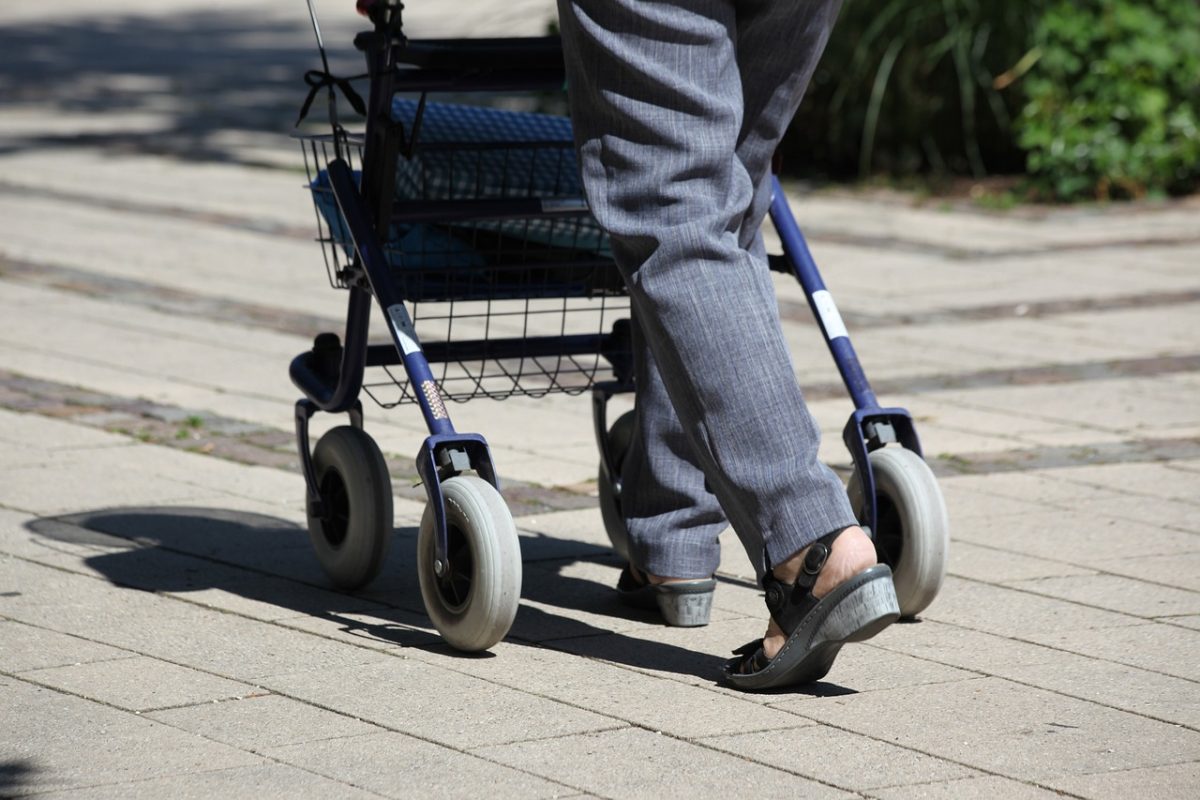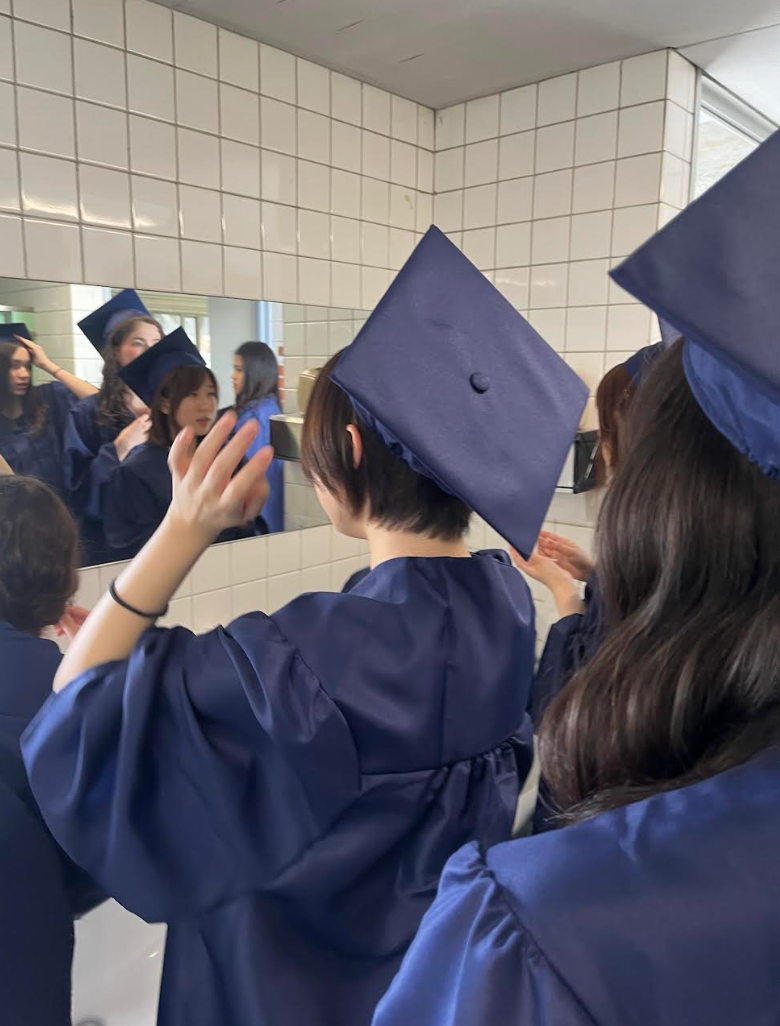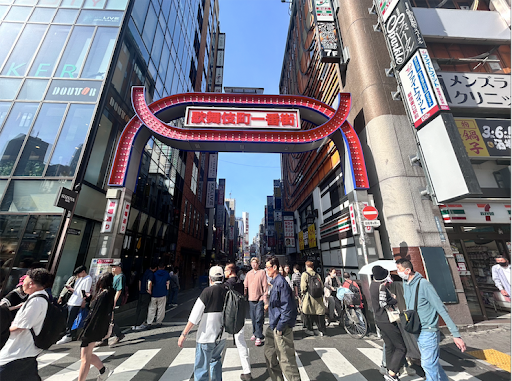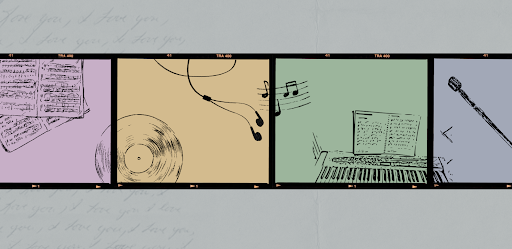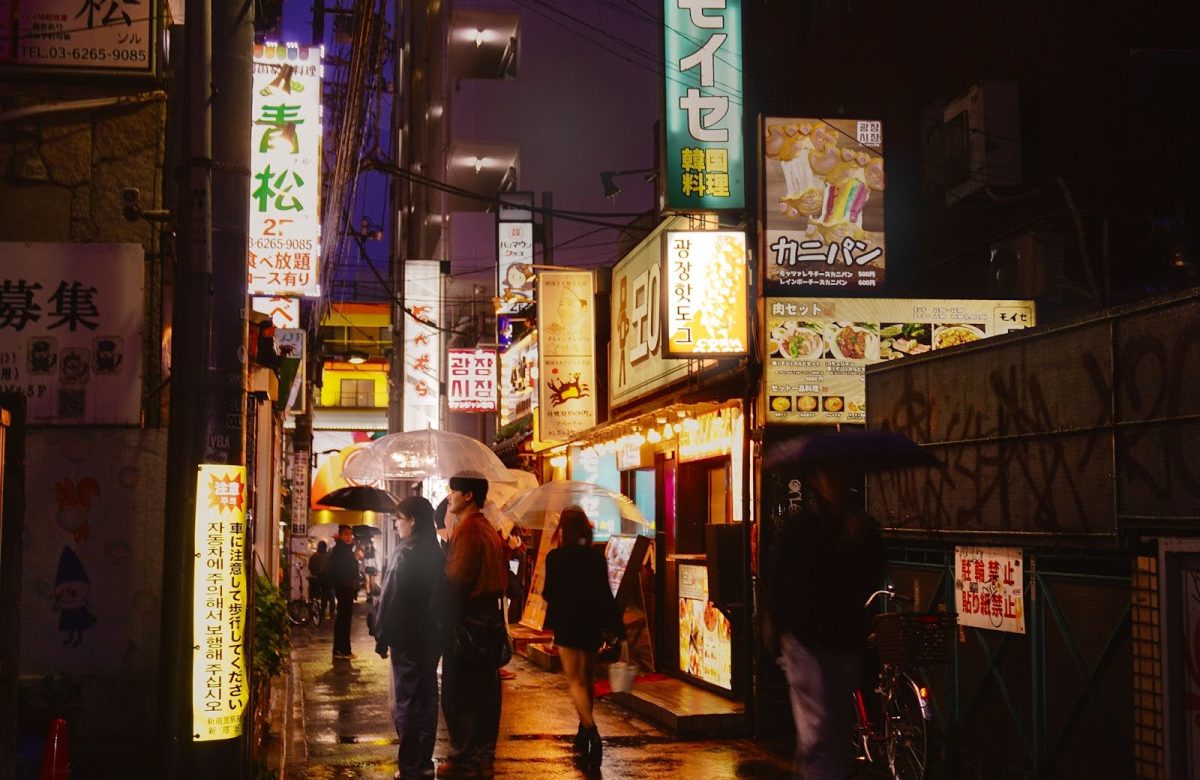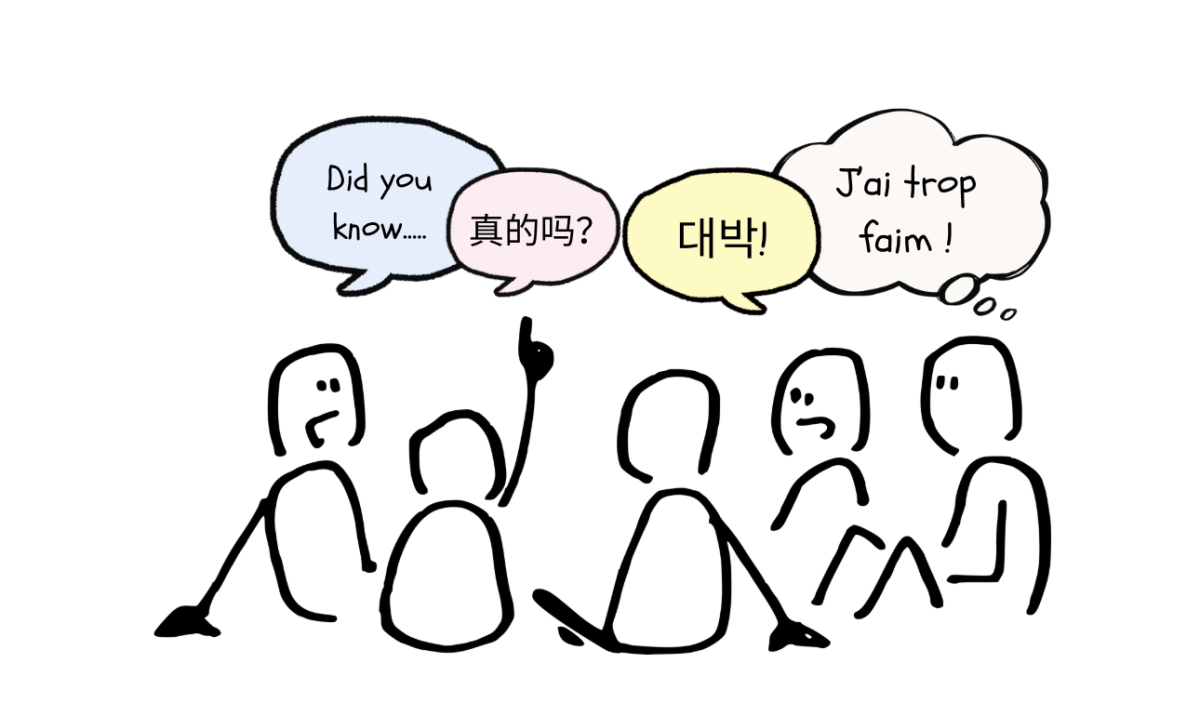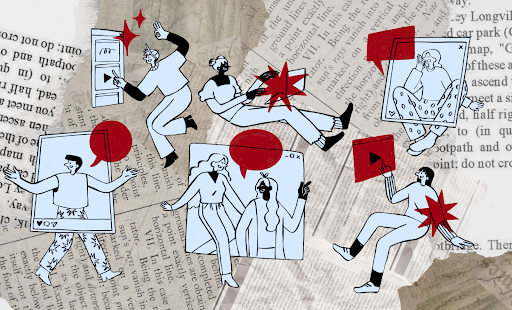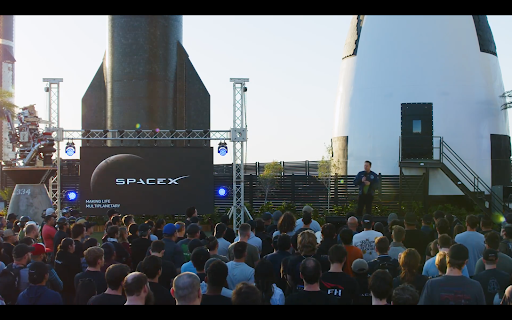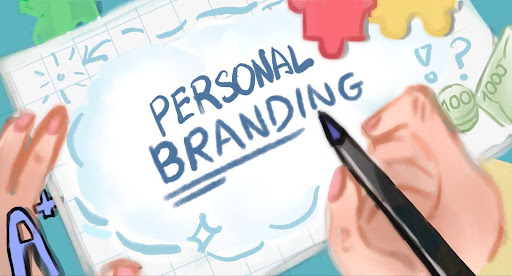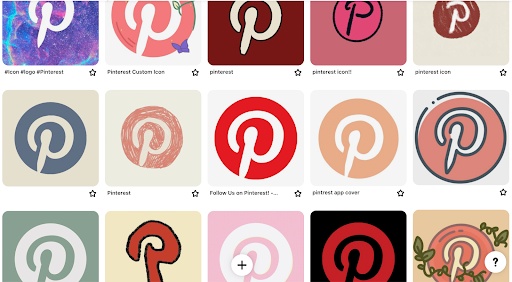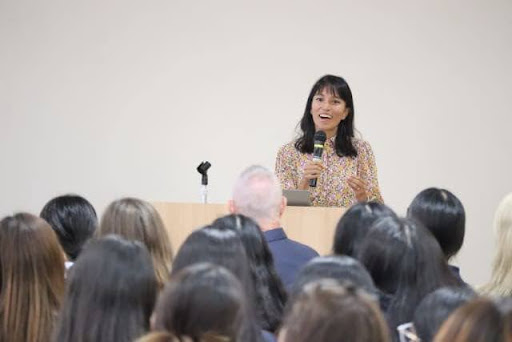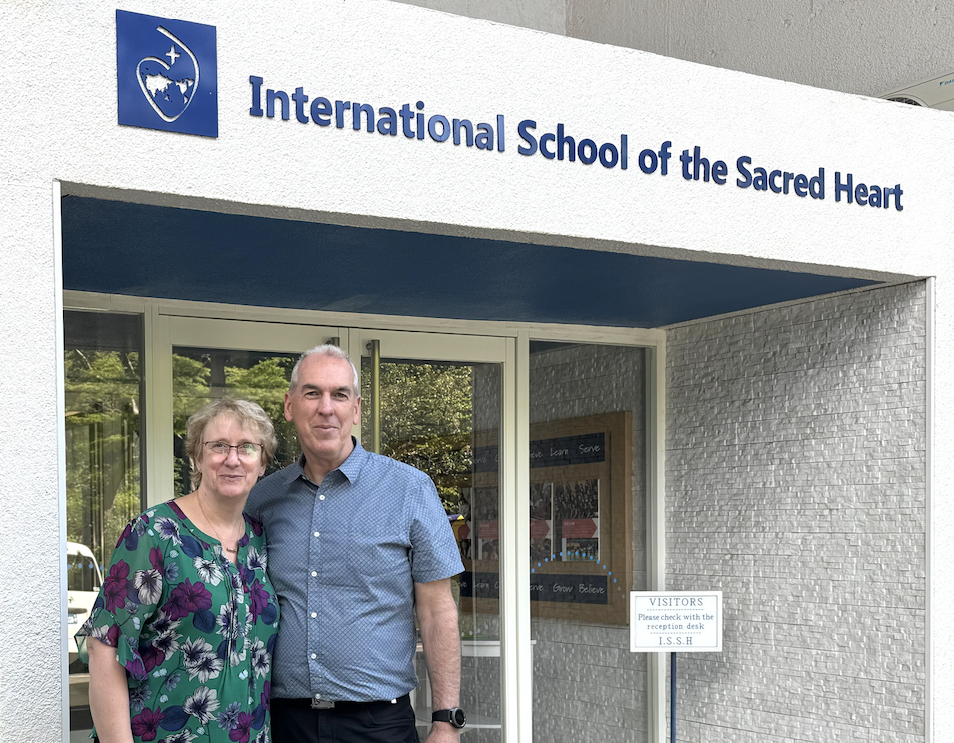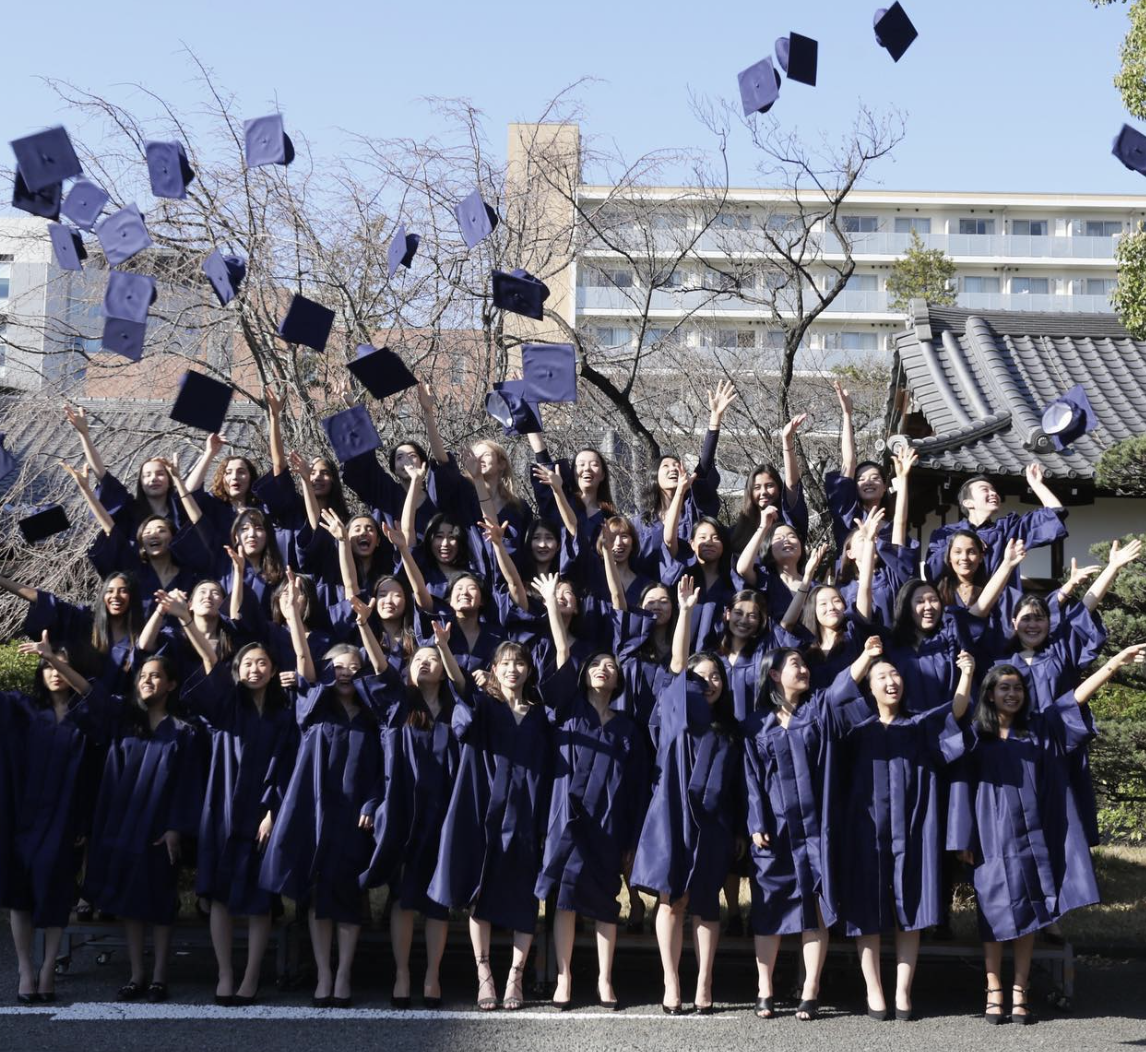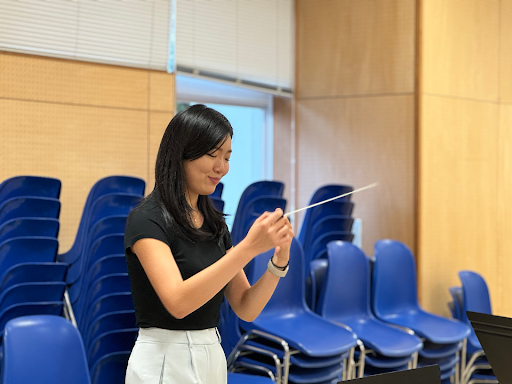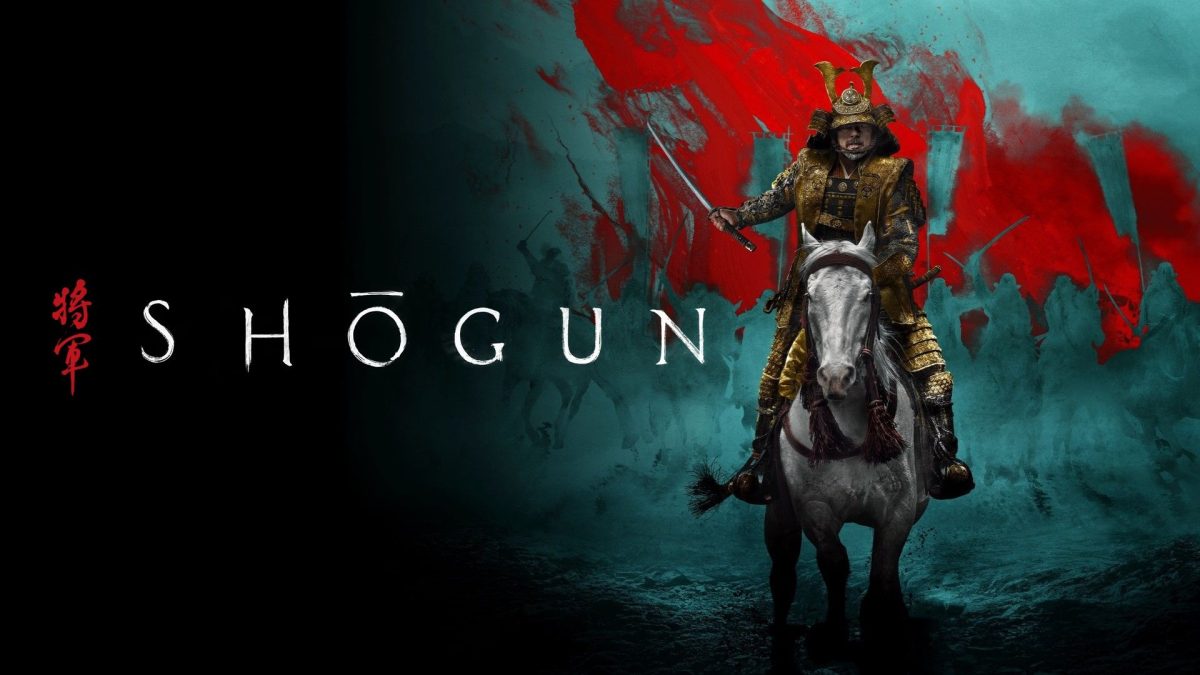Loud and proud!
The Growth of Japan’s Annual Pride March
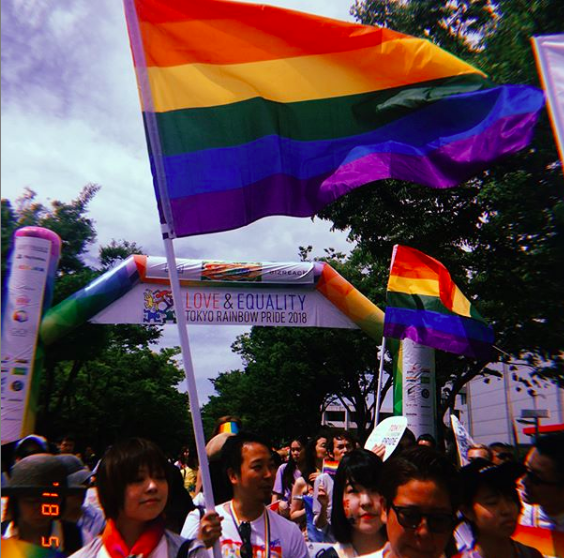
Emily W. (11)
Parading the streets of a country that had remained quiet for so long.
We were enveloped in a seething mass of colour, sweeping down the gaudy roads of Harajuku. Sweat-soaked from the beat of the May sun, we marched in tandem on the fourteenth anniversary of the Pride Parade in Tokyo, cheering and grinning. We were swaddled by a sea of people bouncing down the road with us, waving rainbow flags and bold signs. But us, we held no flags, no signs that proclaimed, “Love is love.” My friends and I—we just walked, linking arms and holding hands.
“Happy pride!” was the enduring chant of the day, voices growing hoarse as we yelled at everything and everyone. And much to my surprise, people were chanting it back.
We passed people on the street who weren’t even marching with us, and nearly every single one of them high-fived us, or at least shrieked with wordless, allied joy. The best I had hoped for – or at least, what I had expected from Japan, always so quietly reserved – was the odd passerby nodding politely in our direction and hurrying on their way as we galumphed by. I was instead greeted by rallying cries, fistbumps, high-fives, and the confirmation that love is indeed love. I’d never expected love in Japan to be so loud, and so proud.
“I like your shirt!” a pedestrian on the street yelled at me, referring to the top I was wearing that displayed Youtube’s famous logo in rainbow colours. “Oh, yeah, and HAPPY PRIDE!”
“Thanks! You too!” I cried breathlessly, stumbling past. I glanced ahead, to where one of my friends was clutching the hands of a complete stranger. They took turns to yell at each other ardently. It seemed the two of them were engaging in a spirited competition: who could scream “happy pride” the loudest.
Traffic was halted so the parade could pass through. Employees waved emphatically at us out of shop windows. Pedestrians yelled encouragingly across the street. And the throng of people that marched with me was sunny-faced and bright.
Teens wore face paint and corsets and headdresses made of balloons. Drag queens in glorious attire teetered beside me on their stilettos. The woman behind me was a walking burst of colour — with her flower crown, Lennon sunglasses, and feather boa, swathed in a Pride flag like a cape. A man further to my right was wearing a rainbow top hat, butter-yellow pantaloons, and nothing else. Everywhere I looked I saw richly-hued wigs, gauzy tutus, and glittering eye make-up, on both men and women, and everyone in between.
But this is not the Japan I grew up with. Well-mannered and withdrawn – that was the Japan I’d grown to know, a nation of polite nods and hushed emotions, characterized by their preference to remain silent on uncomfortable topics. In my eyes, it was certainly not a country that celebrated its queer community in psychedelic splendour.
At best, Japan just doesn’t talk about its queer community. At worst, they’re backward. All my life, I’d grown up in Japan watching transgender women being treated as a joke on TV, and trying to understand why homosexual relationships weren’t addressed at all. To be queer was to commit social suicide – condemned to a lonely, unrepresented way of life. Gay was taboo. Not to be discussed. Certainly not to be celebrated.
And yet, here we were, shamelessly parading the streets of a country that had remained quiet for so long. The passing civilians saluted us with waving hands and ear-to-ear beams and hearty cheers.
The French Canadian man in front of us that we had become fast friends with over the course of the day beckoned all of us over. “Look up!” he cried in his thick accent.
We did. The bridge we were marching towards was packed. A band of people lined its railings, clumped tightly together, beckoning us closer with their smiles and hooting clamour. The people I passed every day, sitting primly on the train seats beside me or murmuring to their friends in undertones as they scurried past me, were taking part in brazen-faced, beaming pandemonium. A riot on a bridge, where there were rainbow flags and grinning faces everywhere you looked. I raised my arms sky-high, chest heaving, and the crowd on the bridge roared.
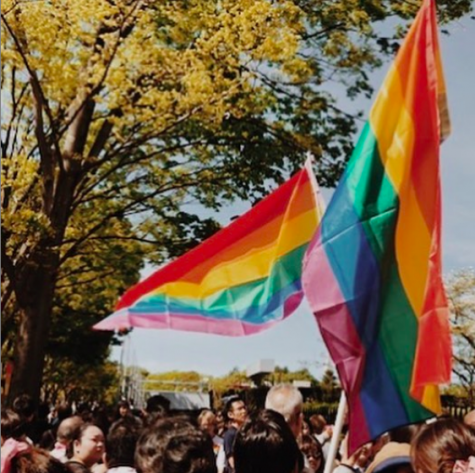
In 2019, merely a year later, it the crowds sweeping along the road had multiplied.
In the 2018 Pride March, the roar we were greeted with was loud. In 2019, merely a year later, it was deafening. The crowds sweeping along down the road had multiplied. Colour was bursting on the scene. As evidenced by the increased number of flaunting drag queens, Pride was bigger than it had ever been.
In 2018, the Pride March was highly regulated: people were obligated to sign up for the march hours before it. In some ways, this seemed to stilt the number and freeness of spirit. This year, all were welcome to march and scream and brandish signs, no matter the time you dropped in. Consequently, people from all corners of Harajuku flooded in to join us in marching – even if they hadn’t planned to at the start of the day. It was rowdier, messier. The spontaneous and random could join, bringing their enthusiasm, numbers, and colour to the scene.
Teens from GSA Clubs in other Kanto Plain international schools were dressed head to toe in rainbow tie-dye—many of them wore glittering eye-shadow and thick reams of bold lipstick. Three men looked as though they’d come to the march dressed as the three Powerpuff girls—complete with majestic wigs. One woman wore a top-hat and a bow tie constructed entirely of rainbow felt, as well as sunglasses completely enveloped in rhinestones. Many young men wore hardly anything but bedazzled leather straps. Many expressed all the quirks of their personality unashamedly with colour and pomp. Others wore jeans and T-shirts and simply grinned, but were just as much a part of the colourful scene.
Last year’s march was eye-opening, but this year, it was impossible to ignore. In a year alone, it was astonishing how far the queer community had come in making themselves heard, and how many rallied in support of them. It was hard not to be emotional this year as the biggest crowd I’ve ever been a part of surged forward beneath teeming bridges and past traffic lights.
It’s clear, after years of silence, that the Japanese are ready to be proud.

